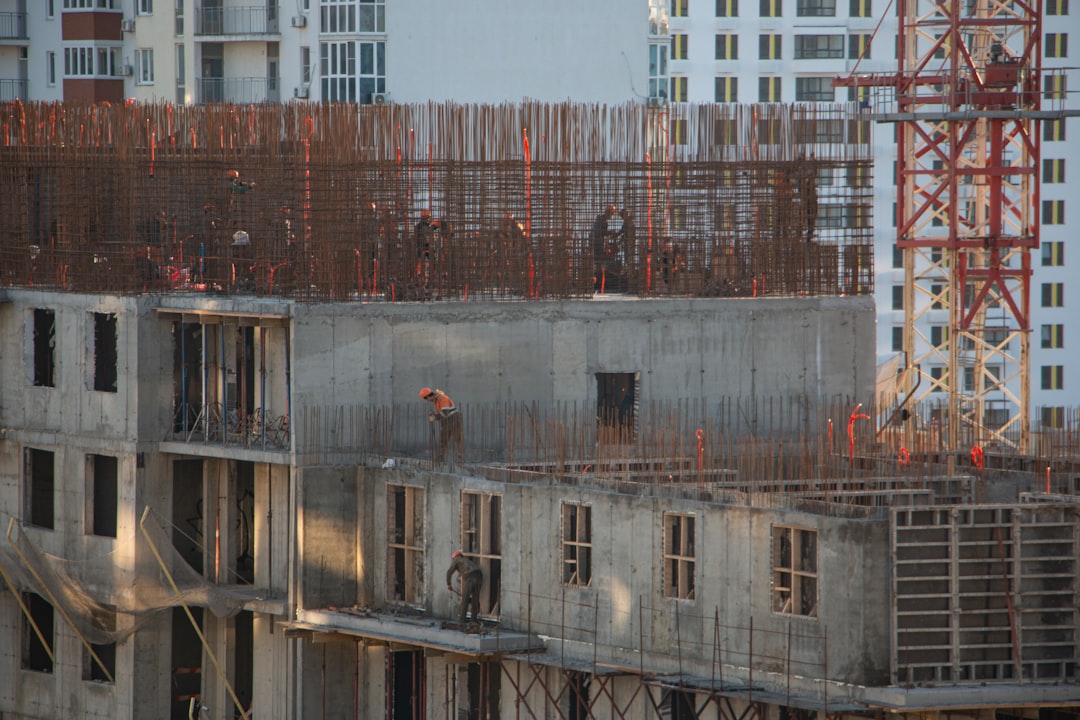Understanding Residential Retaining Wall Costs in Houston
For construction professionals in Houston, understanding the costs of building a residential retaining wall is crucial. The cost can range from $25 to $180 per linear foot, depending on materials and complexity. This guide provides a detailed breakdown of the factors influencing these costs, helping you plan and quote accurately.
1. Key Cost Components You Must Track
- Excavation & site preparation – clearing, grading, hauling spoil
- Wall materials – concrete block, poured concrete, natural stone, timber, or modern modular systems
- Reinforcement – geogrid, tie-backs, drainage aggregate, perforated pipe
- Labor – crew size, hours on site, union vs. non-union rates, overtime risk
- Equipment – skid steers, mini-excavators, compaction gear, delivery trucks
- Permits & engineering – municipal approvals, stamped drawings, soil testing
- Finishes & add-ons – caps, lighting, railings, landscaping restoration
CountBricks AI provides real-time data on these components, ensuring accurate estimates.
2. Typical Price Ranges per Linear Foot
- Basic timber wall: $25–$40 per linear foot
- Segmental concrete block wall (3-4 ft high): $45–$65 per linear foot
- Modular stone veneer on concrete backer: $70–$110 per linear foot
- Custom cut limestone with drainage system: $120–$180 per linear foot
These figures reflect Houston metro averages. Factors like soil conditions and wall height can affect costs by ±25%.
3. How Wall Height Impacts Your Budget
Increasing wall height from 3 ft to 6 ft involves more than doubling costs. Taller walls require additional reinforcement and engineering. Consider:
- 0–4 ft: standard gravity wall, minimal reinforcement
- 4–6 ft: geogrid every 2 ft, heavier base course, mandatory drainage stone
- 6 ft+: engineered solution with tie-backs or poured concrete, likely requiring permits
4. Hidden Costs That Blow Up Budgets
- Poor access requiring long material carries or crane lifts
- Expedited permits after heavy rain events cause slope failures
- Unexpected utilities discovered during excavation
- Change orders for upgraded finishes that arrive mid-build
CountBricks AI flags these risks, recommending contingencies to maintain profitability.
5. Material Spotlight: Segmental Block vs. Natural Stone
Segmental Block
- Consistent manufacturing for faster installation and predictable pricing
- Wide color range for modern designs
- Average installed cost in Houston: $55 per linear foot at 4 ft height
Natural Stone
- Premium curb appeal and durability
- Irregular sizing increases labor hours
- Average installed cost in Houston: $95 per linear foot at 4 ft height
6. Saving Money Without Sacrificing Quality
- Opt for 4 ft maximum segments to avoid engineering fees
- Source locally quarried stone to cut freight charges
- Schedule work in winter when equipment rental rates dip
- Bundle landscaping scopes to share mobilization costs
7. Fast, Accurate Quotes with CountBricks AI
CountBricks AI streamlines estimating by converting project details into live takeoffs and proposals, saving time and increasing bid success.
8. Real-World Cost Example
A recent project in Katy required a 75-ft, 5-ft-tall segmental block wall. The estimate included:
- Materials: $18,750
- Labor: $10,125
- Equipment & disposal: $2,100
- Engineering & permits: $1,200
Total cost: $32,175 or $429 per linear foot.
9. Why Houston Soil Matters
Houston's expansive clay requires careful planning to prevent wall failure. CountBricks AI incorporates soil data to recommend appropriate construction methods.
10. Ready to Price Your Next Wall?
Visit CountBricks.com for accurate estimates and efficient project planning.
CountBricks Case Study: Sloped-Lot Makeover in The Woodlands
CountBricks collaborated with a custom builder on a challenging sloped lot. The project involved creating a level play area while maintaining the natural landscape.
Project Snapshot
- Scope: 40-ft long, 6-ft high natural limestone retaining wall with integrated LED step lighting
- Timeline: 14 on-site working days
- Total AI-estimated cost: $27,840
- Final invoice variance: +1.3%
How CountBricks Delivered
- Real-time takeoff captured topo changes from the builder’s survey.
- Recommended double geogrid reinforcement for wall height, adding $1,960 in costs.
- Identified local quarry promotion, reducing limestone costs by 7%.
- AI scheduling module accelerated excavation to avoid rain delays.
Outcome & Client Feedback
The project was completed two days early, impressing the client. The accuracy of the estimate facilitated smooth project closure.
Pro Tips from the Field
- Record on-site voice notes about tree roots and drainage paths for accurate estimates.
- Adjust markup in the platform before sending proposals to avoid confusion.
- Use the “Duplicate Estimate” feature for phased projects to maintain consistent pricing.
Next Steps
Visit CountBricks.com to see how AI estimating can enhance your project planning and profitability.

